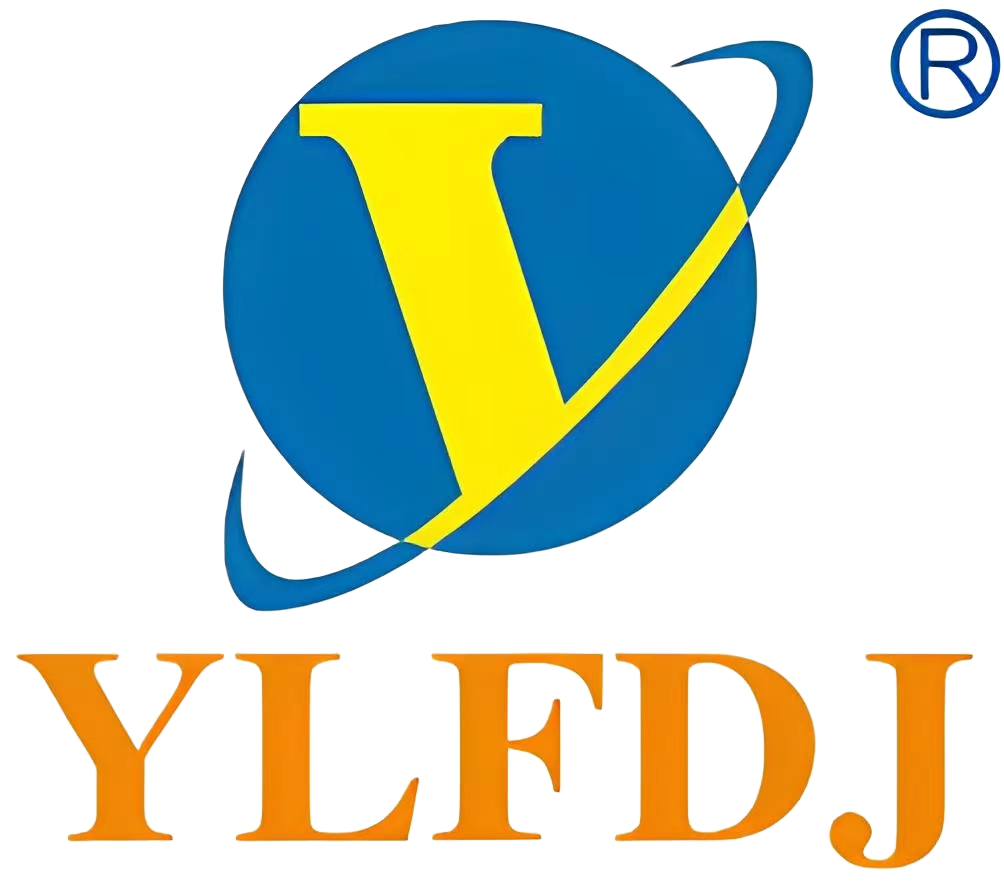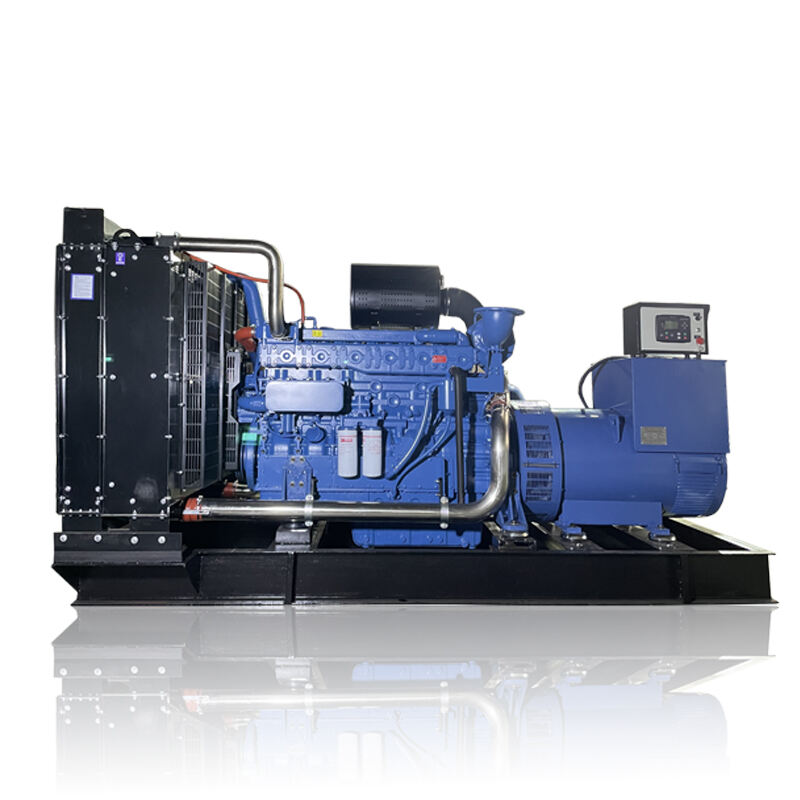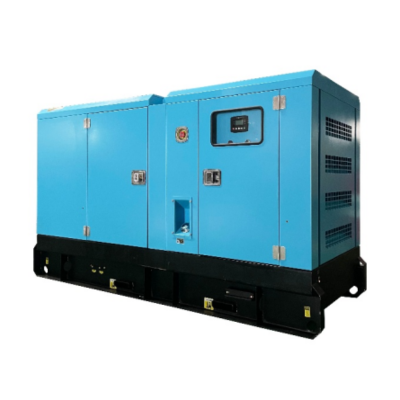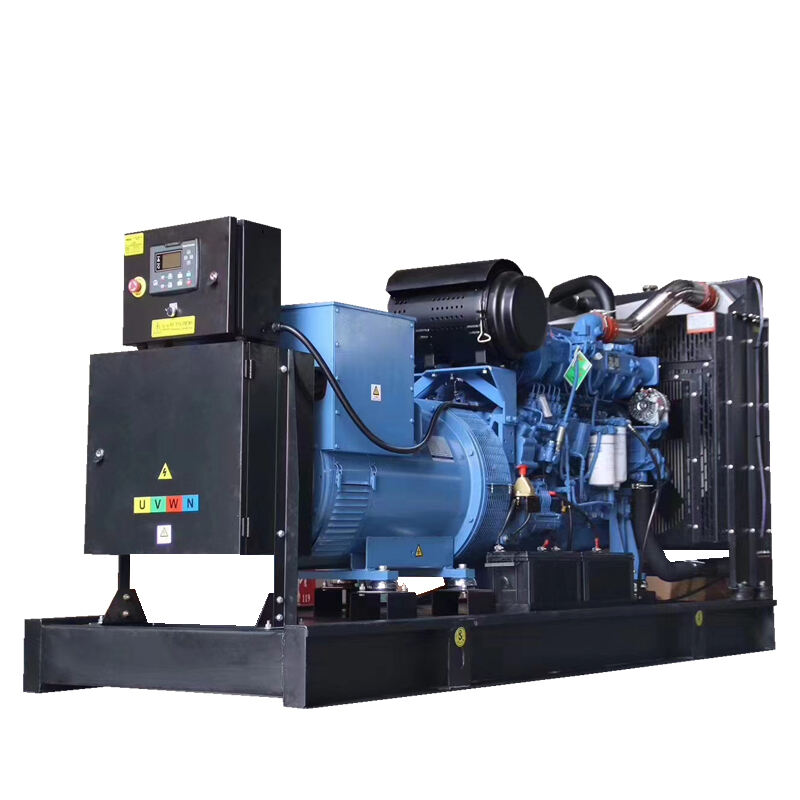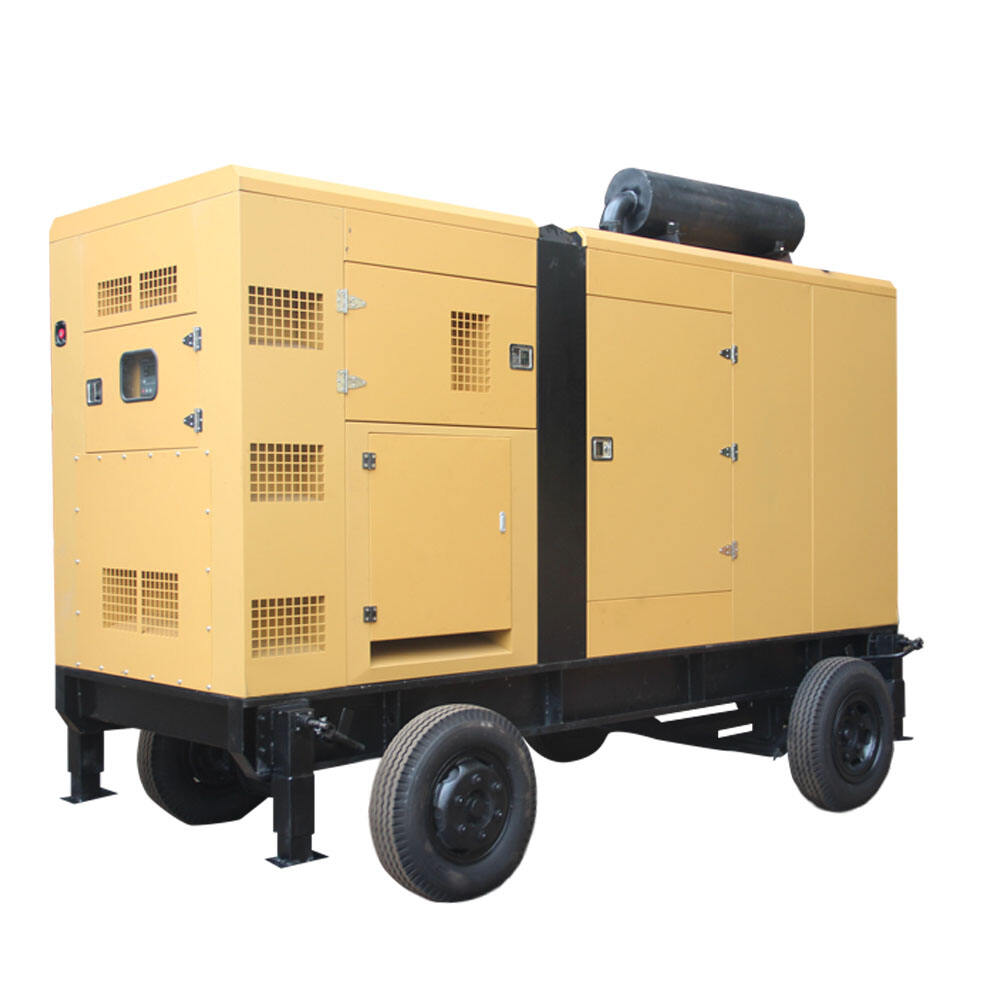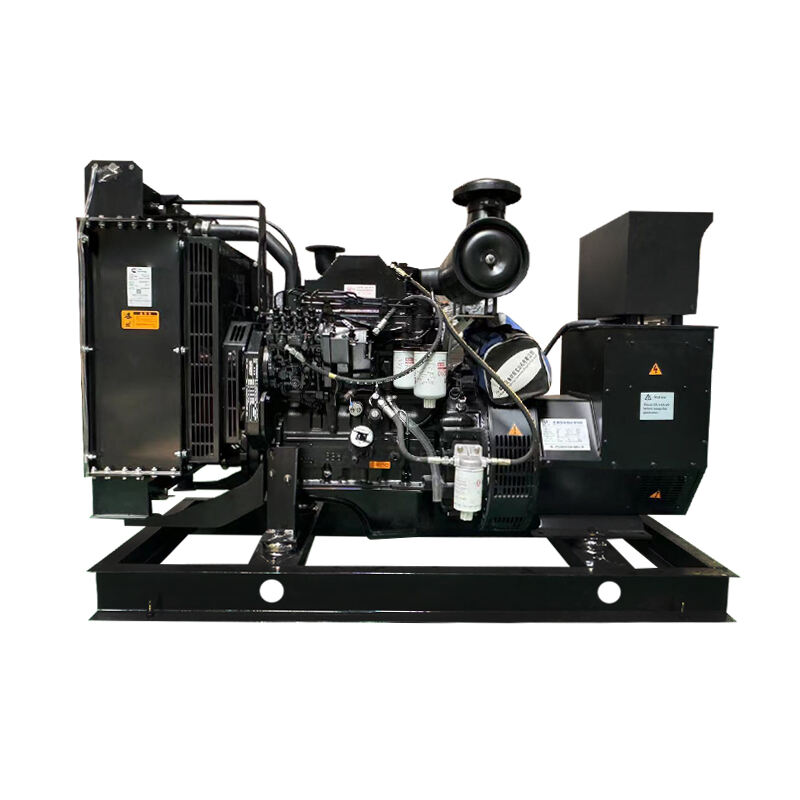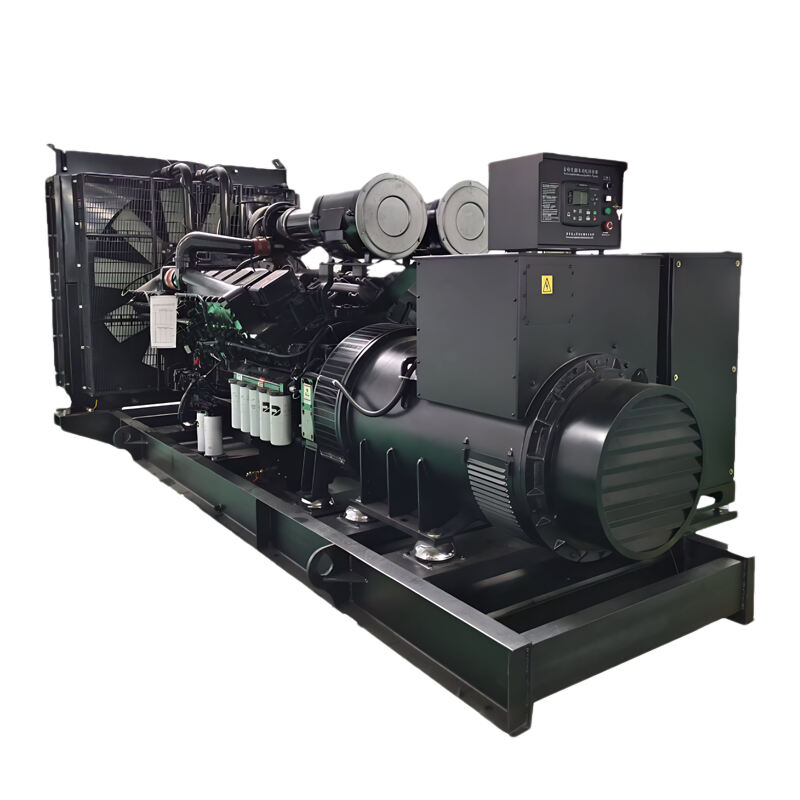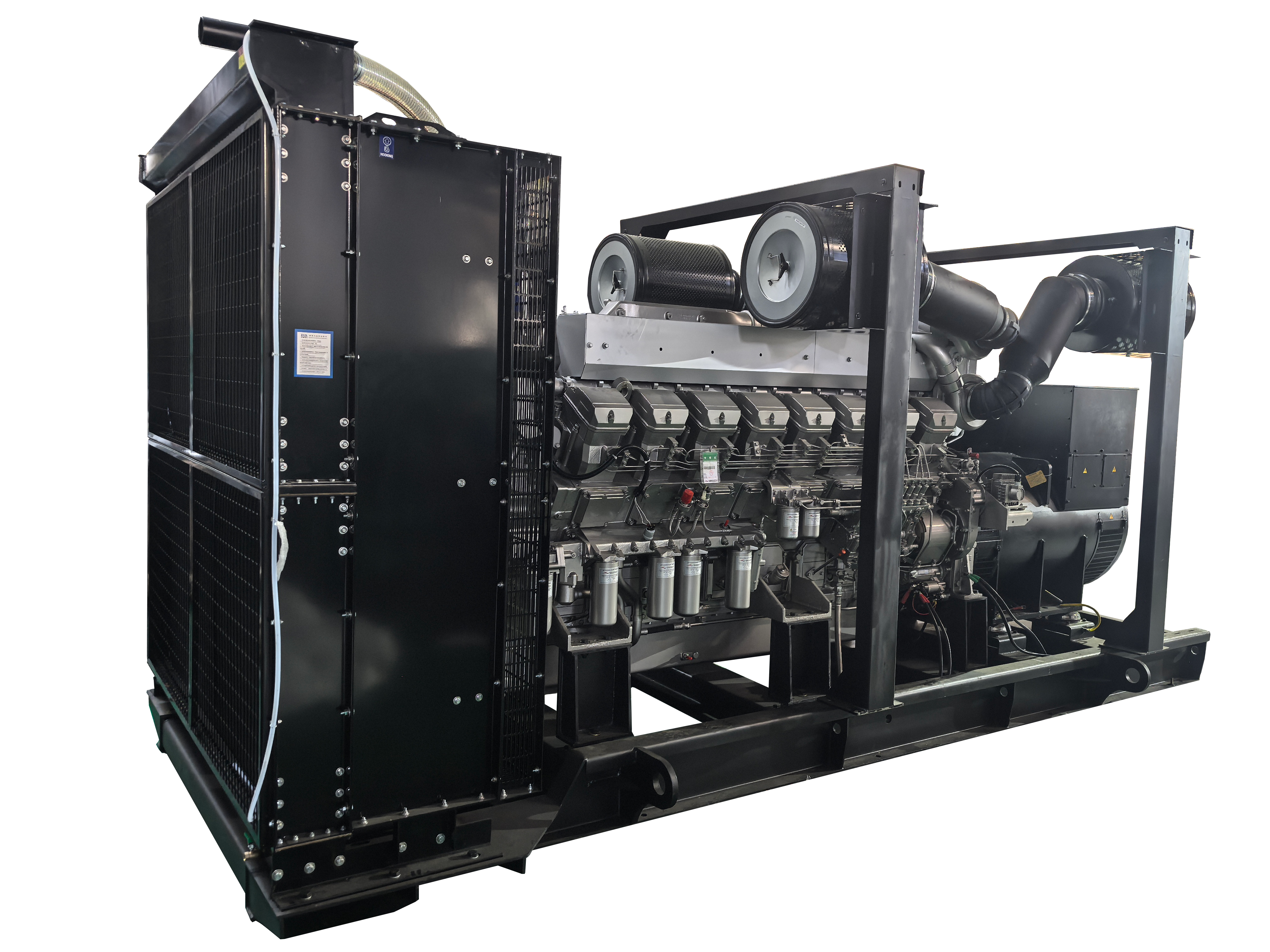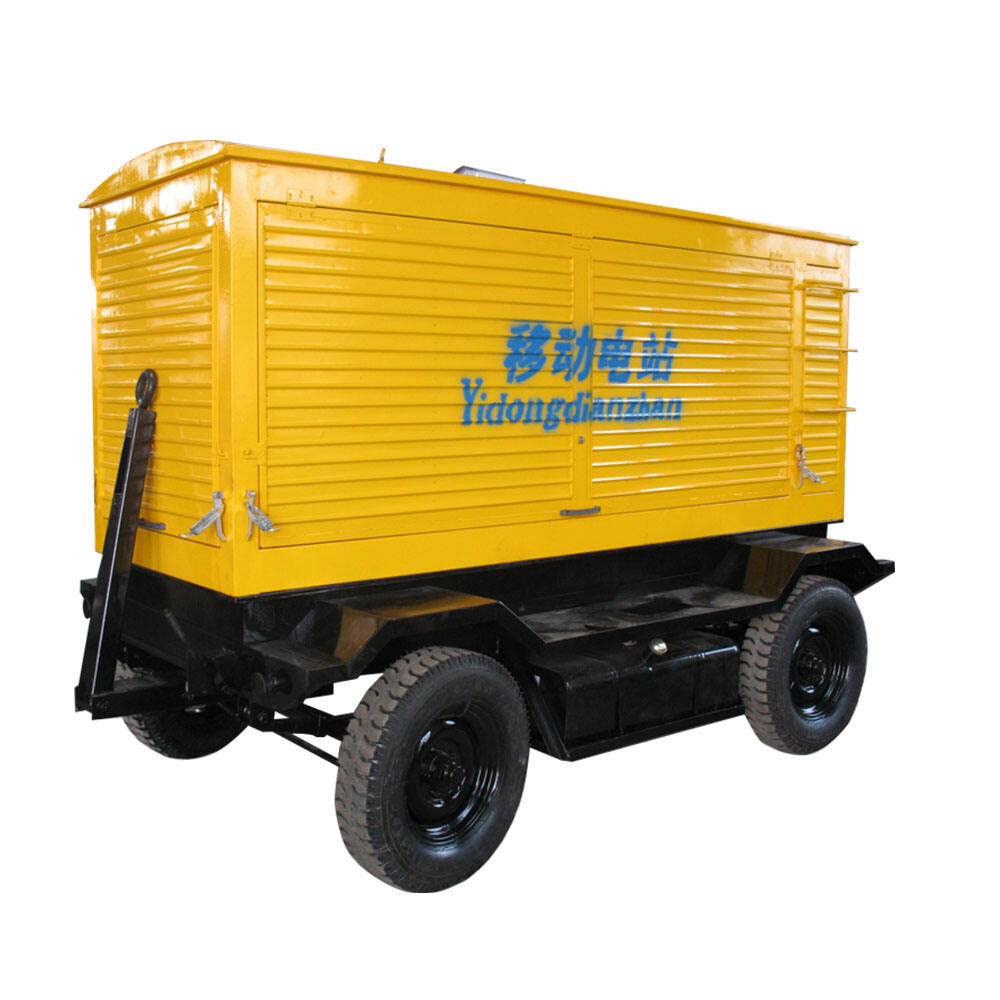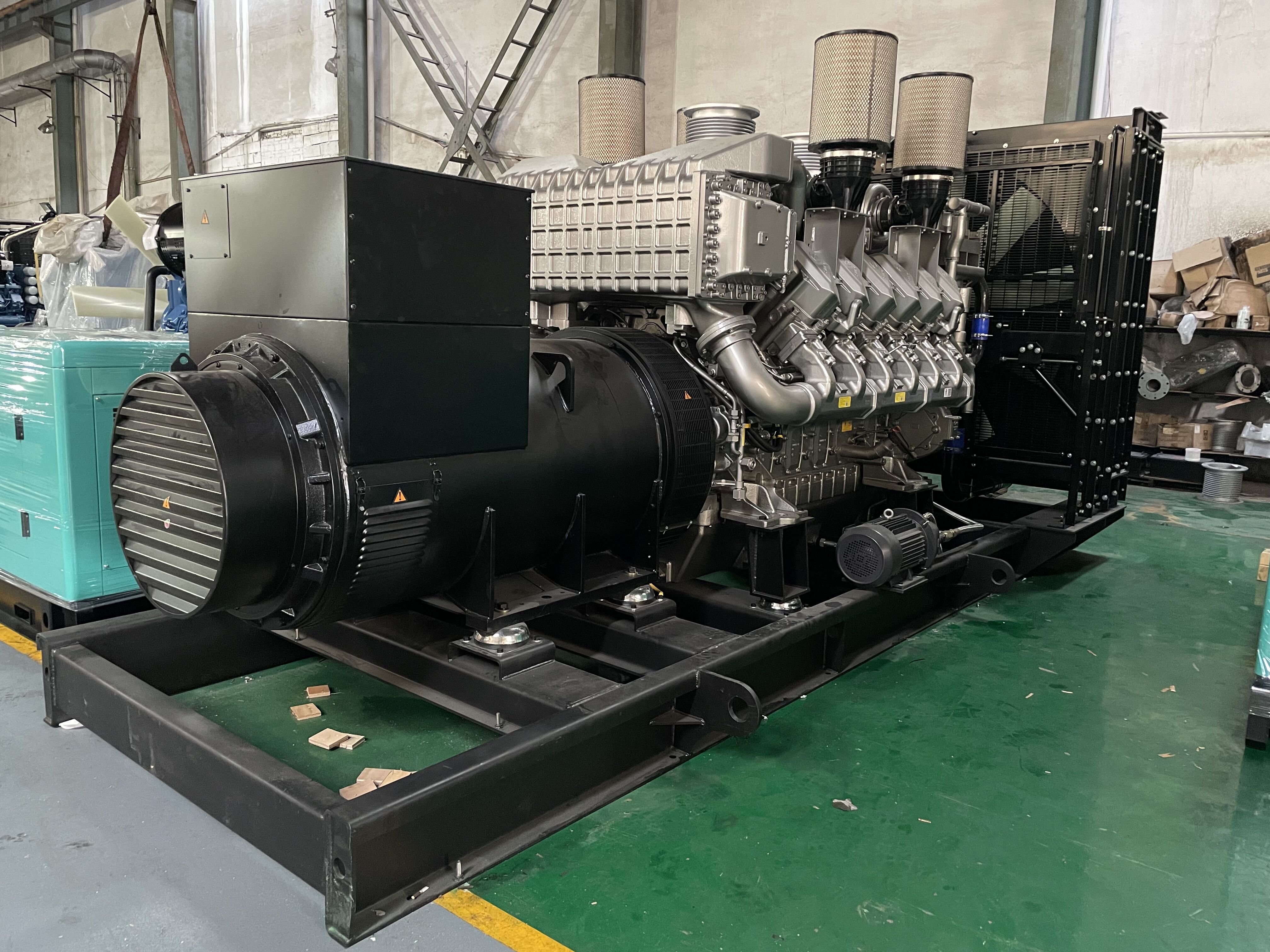diy power generator
A DIY power generator represents a revolutionary approach to personal energy independence, offering individuals the ability to create their own sustainable power source. This innovative solution combines traditional engineering principles with modern technology to deliver reliable electrical output. The system typically consists of core components including an alternator, voltage regulator, power storage system, and various mechanical elements that work in harmony to generate usable electricity. These generators can be constructed using readily available materials and components, making them accessible to enthusiasts with basic technical knowledge. The fundamental operation involves converting mechanical energy into electrical power through electromagnetic induction, with the possibility of incorporating renewable energy sources such as solar panels or wind turbines for enhanced functionality. Modern DIY power generators often feature smart monitoring systems that allow users to track power production and consumption in real-time. They can be scaled according to individual needs, from small units capable of powering essential devices during emergencies to larger systems that can support entire households. The versatility of these systems extends to their application in various settings, including home backup power, outdoor activities, remote locations, and educational purposes.
